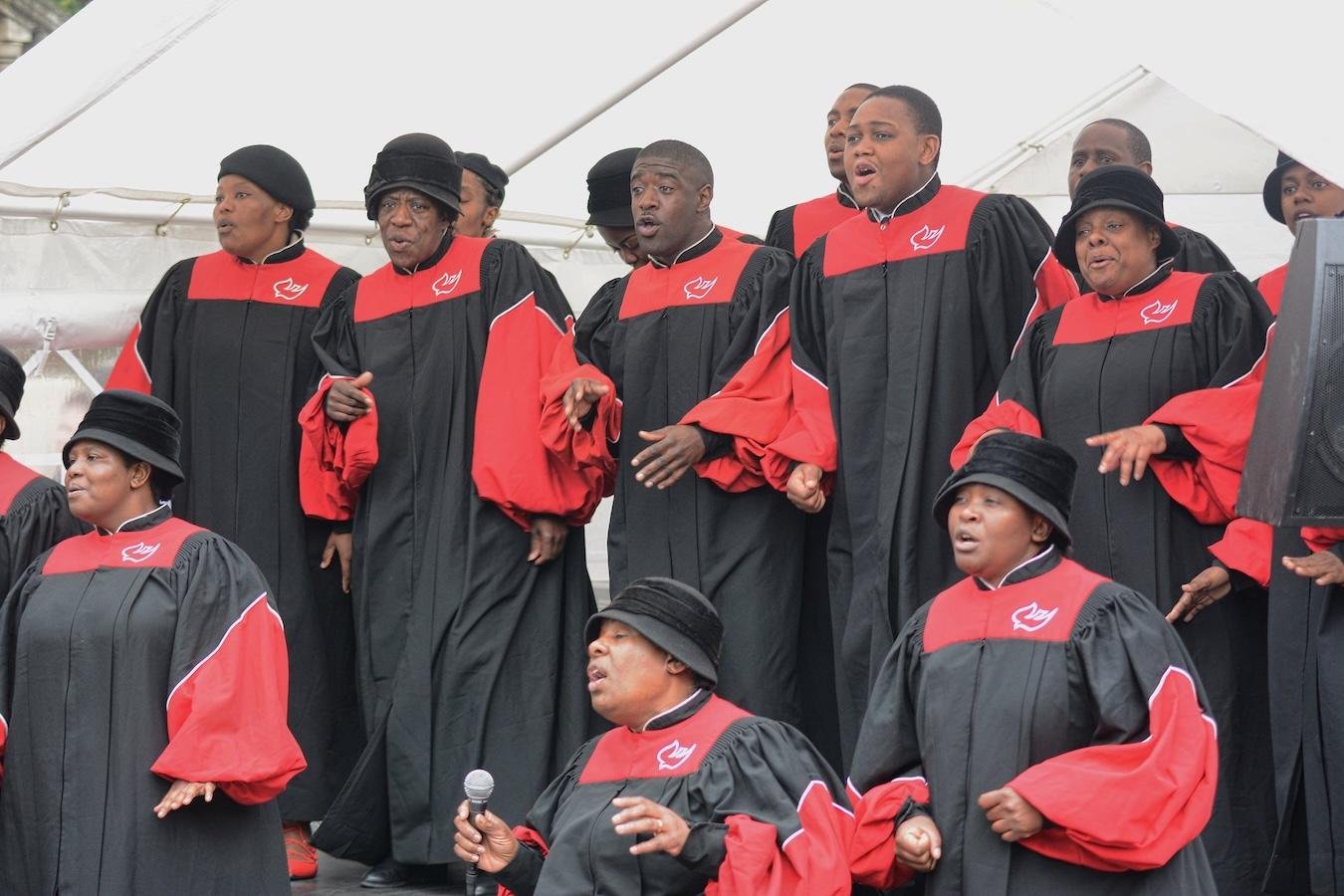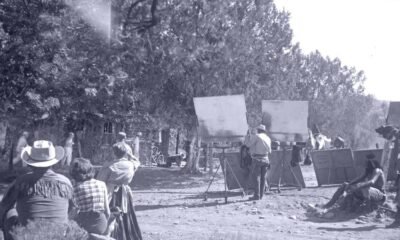faith
From African Rhythms to Sacred Sounds: Tracing the Evolution of Gospel Music

The arrival of enslaved Africans in Virginia in 1619 marked a pivotal moment that laid the groundwork for a rich musical legacy in the United States. Although they left behind their homes, they brought with them vital rhythmic traditions that significantly influenced the American music landscape.
Many of these Africans hailed from cultures where tonal languages shaped their communication, giving rhythm a primary role over melody. For the enslaved, music became a vital tool for expressing shared experiences and frustrations, evolving into a communal activity that infused their daily lives with a powerful sense of identity.
As time passed, these rhythmic foundations transformed into work songs and field hollers, often accompanied by dance. Their musical practices employed call-and-response techniques, fostering a spirit of participation among performers and audiences alike. Research indicates that this blending of African rhythms with Western musical elements eventually birthed genres such as spirituals and gospel music.
According to sociologist John Gibb St. Clair Drake, the introduction of Christianity during slavery presented numerous contradictions for the enslaved. African concepts of sin contrasted sharply with the New Testament’s teachings, leading to diverse interpretations among different communities. In northern U.S. churches, the ideal of equality clashed with Southern justifications of slavery through scripture.
In 1787, Absalom Jones and Richard Allen, responding to racial discrimination, established the African Methodist Episcopal Church, which became a crucial space for sharing spirituals—songs that had flourished for over two centuries among enslaved Africans. Allen’s 1801 hymnal, “A Collection of Spirituals, Songs and Hymns,” showcased this evolving musical form, blending African musical traits with Christian teachings and Old Testament narratives.
After emancipation in 1863, African-Americans migrated across the U.S., bringing their music and religious practices with them. Notable educators like George White at Fisk University began to document spirituals, expanding their reach beyond African-American congregations. The Fisk Jubilee Singers, who toured to raise funds for the university, played a central role in introducing these spirituals to a wider audience.
Their musical style preserved cultural identity while adapting to new audiences; White’s innovative arrangements allowed spirituals to resonate with predominantly white audiences. This adaptation paved the way for gospel music, emerging in the 1930s as an expressive form that maintained the spirituals’ core themes of hope while emphasizing a personal relationship with Jesus.
The rise of gospel music aligned with a significant migration of African-Americans to urban areas during the early 20th century. By the 1930s, changing religious sensibilities prompted some to distance themselves from plantation-era songs while others embraced the emotional fervor of revival gatherings.
Thomas A. Dorsey, often referred to as the father of gospel music, played a crucial role in this evolution. After experiencing personal tragedy, he redirected his songwriting talents towards gospel, publishing haunting melodies like “Take My Hand, Precious Lord.” He also helped form the National Convention of Gospel Choirs and Choruses, shaping the future of gospel music in African-American churches.
As the 1930s progressed, the Hammond organ became a staple in northern Black churches, revolutionizing worship services. This instrument allowed musicians to perform complex harmonies and rhythms, enhancing the spiritual and musical experience. The Hammond’s influence continues to underpin gospel music today, fostering a vibrant tradition that carries forward the rich legacy of African-American spiritual expression.
















